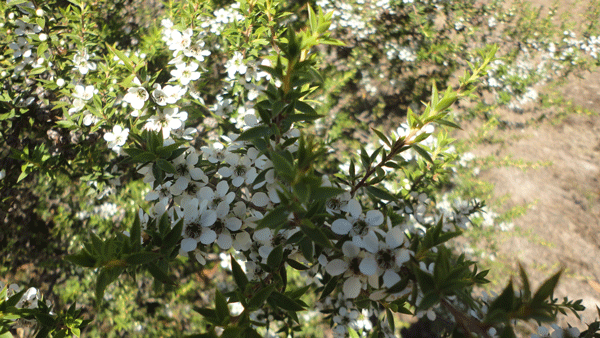
Rows should run North-South provided that is possible. That way the rows will get morning sun on the eastern side and afternoon sun on the western side throughout the year. If the rows run East-West the rows will get full sun all day on the northern side and no direct sun on the southern side except for a brief period in mid-summer. This will, of course, vary with distance from the equator and naturally applies to the southern hemisphere.
Where a plantation is sited on a gradient, then the rows should follow the contour, so the ripping doesn’t cause an erosion issue.
Where ripping is possible because of rough, rocky, or wet terrain then a random planting may be the best option. If this is the case a randomised spacing of 4m – 5m is indicated.
But assuming that in most cases ripping lines will be the adopted method then a planting grid of 5m or 6m between the rows and 2m within the rows is recommended. This will result in stocking rates of 1,000/ha and 834/ha respectively. These numbers can be varied if local conditions dictate a different approach.
In New Zealand manuka plantations the favoured spacing usually recommended is 3m x 3m (1,110/ ha) but favours the wider-spaced hedgerow approach.
The reason for having widely spaced rows is to maximise the amount of light available to individual plants. There is a correlation between exposure to light and bud development and flowering.
The plants will grow to around 2 to 4 m high in both species forming a well-shaped habit and a hedgerow effect along the rows as the plants develop.
These widely spaced hedgerows will allow the bees to forage along the rows out of the wind and elements.